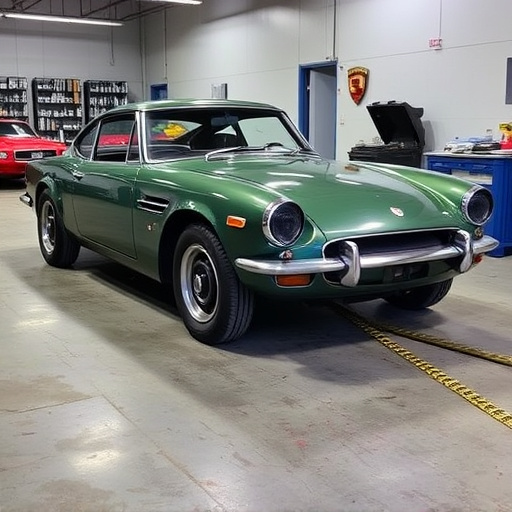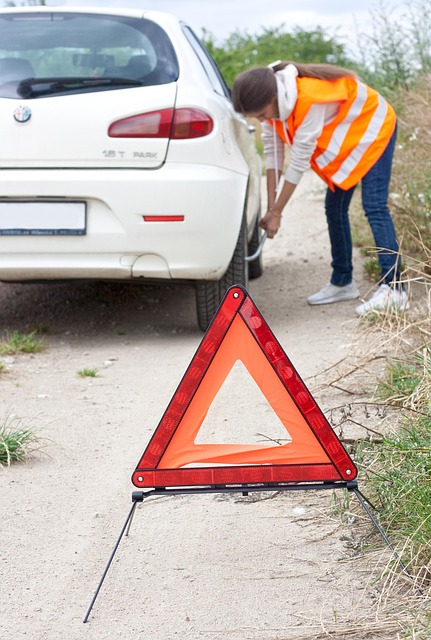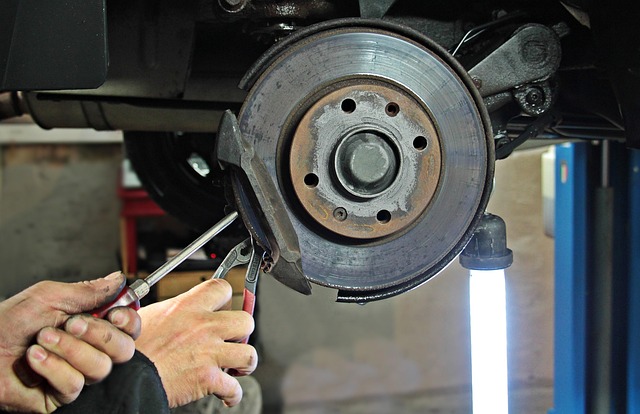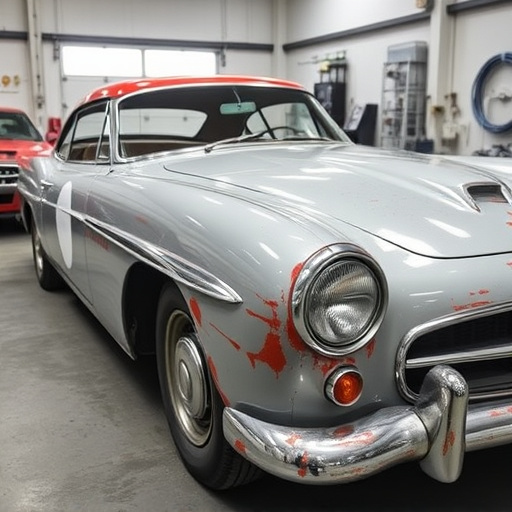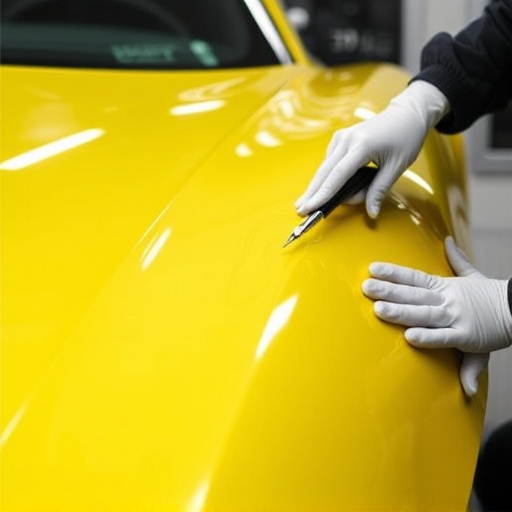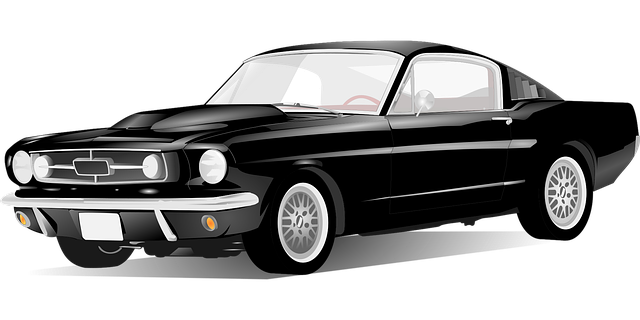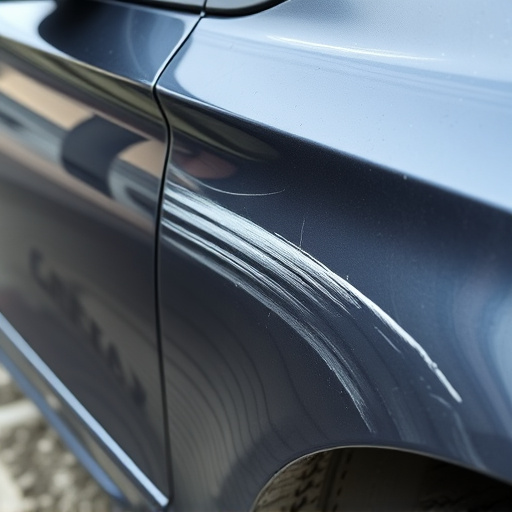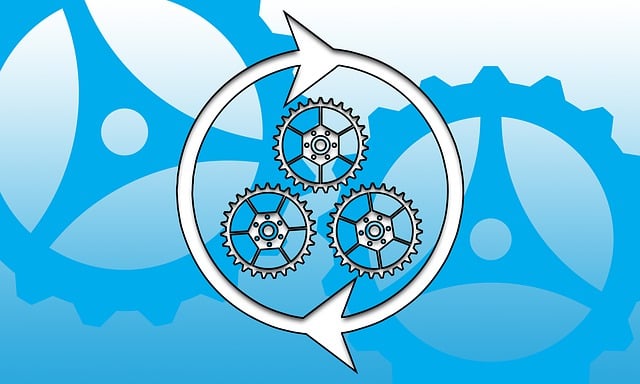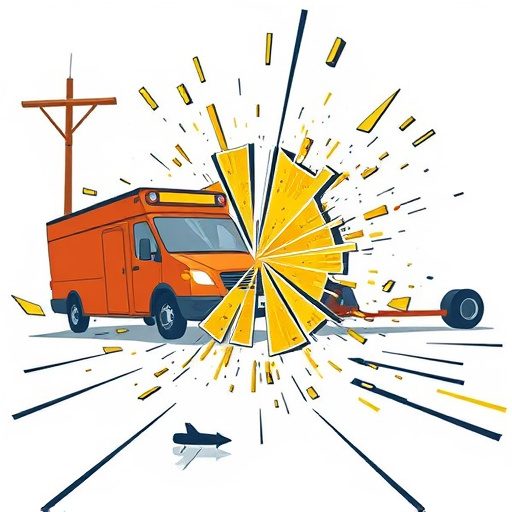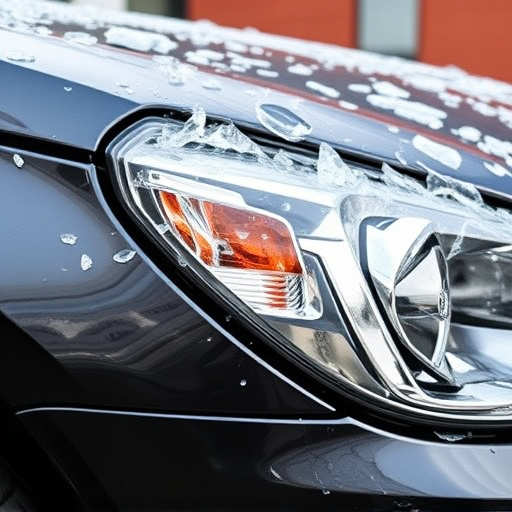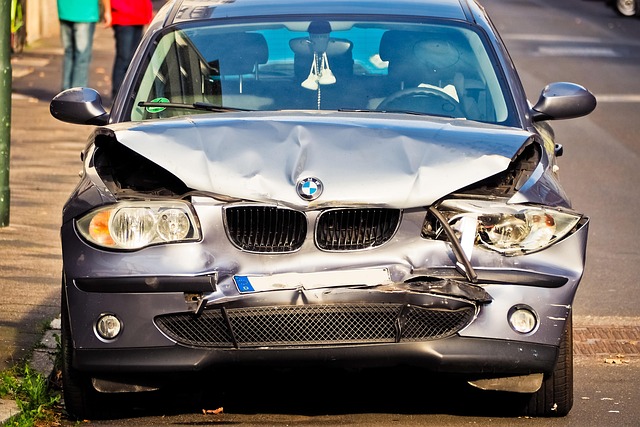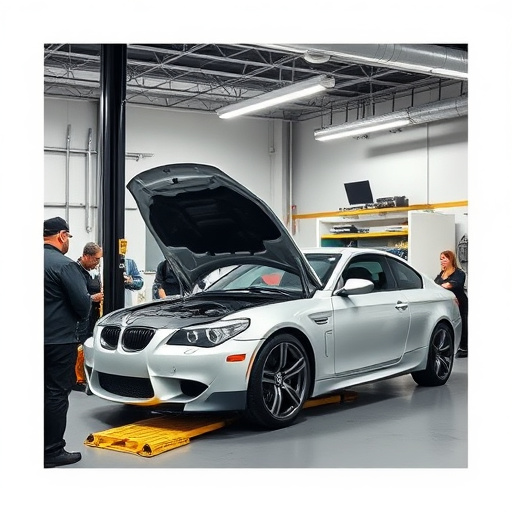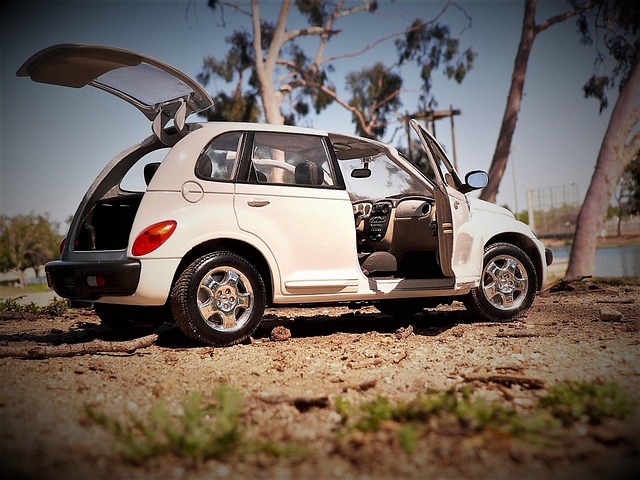Pulling system collision repair is a specialized technique for fixing vehicle damage, focusing on structural integrity by realigning distorted frames using advanced equipment. Effective for confined damages like dents and bends, it saves time and money compared to full replacement. This method offers advantages such as preserving original body structure, faster turnaround times, and improved safety. However, for heavily damaged vehicles or rare classics, full replacement might be the better option due to limited restoration capabilities and availability of original parts. Specialized tools and trained technicians are crucial for successful pulling system collision repair.
In the realm of automotive collision repair, making the right choice between full replacement and innovative pulling system methods is crucial. This article guides you through the decision-making process, offering insights into ‘pulling system collision repair’—a game-changer that enhances efficiency and quality. We’ll explore its benefits, such as reduced material waste and faster turnaround times, while also highlighting scenarios where full replacement might be the preferred option. By understanding these nuances, folks in the industry can make informed decisions.
- Understanding Pulling System Collision Repair: The Basics
- Benefits of Using a Pulling System for Collision Repair
- When to Opt for Full Replacement Over Pulling System Repair
Understanding Pulling System Collision Repair: The Basics
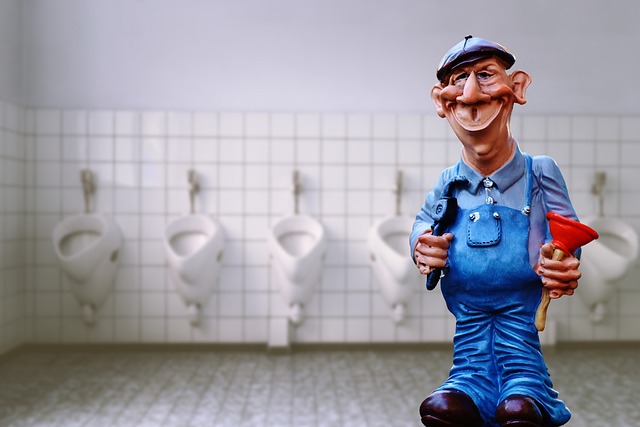
Pulling system collision repair is a specialized technique used to fix damaged vehicles, particularly focusing on the structural integrity of the vehicle’s frame. Unlike full replacement, which involves discarding and replacing major components, this method utilizes advanced equipment to pull and realign distorted frames back into their original shape. It’s a highly precise process that restores the vehicle’s safety features and ensures it meets industry standards for structural soundness.
The pulling system is particularly effective for auto frame repair when the damage is confined to specific areas, such as dents, creases, or bends in the metal. Collision repair services employing this technique can save time and money compared to full replacement, making it a cost-efficient option for both insurance companies and vehicle owners. Auto repair services that offer pulling system collision repair are equipped with specialized tools and trained technicians who expertly handle various types of auto frame repairs.
Benefits of Using a Pulling System for Collision Repair
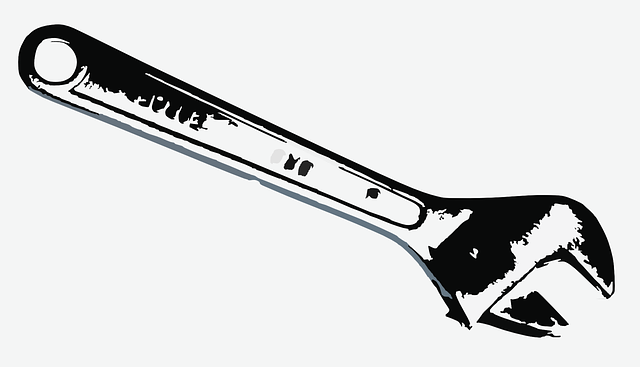
Using a pulling system for collision repair offers numerous advantages over traditional full replacement methods. One of its key benefits is cost-effectiveness. This system allows technicians to straighten and realign damaged panels, preserving the original car body structure and reducing the need for new parts. In many cases, a pulling system can extend the lifespan of a vehicle’s exterior, making it an eco-friendly and budget-conscious choice.
Additionally, car body repair using a pulling system is faster and more efficient. By minimizing the time spent on laborious panel beating and welding, this method streamlines the collision repair process. This efficiency translates to quicker turnaround times, less down time for vehicle owners, and ultimately, improved customer satisfaction. Moreover, auto frame repair with a pulling system can maintain the vehicle’s structural integrity, ensuring safer driving conditions compared to repairs that solely rely on paint services.
When to Opt for Full Replacement Over Pulling System Repair

In some cases, despite the benefits of pulling system collision repair, full replacement might be the better option. This is particularly true for vehicles that are older or have extensive damage. If a car’s structure or critical components, such as the frame or certain body panels, are severely compromised, it may not be feasible or safe to effectively restore them using a pulling system. Full replacement ensures that every part of the vehicle is new, which can lead to better performance and safety standards. Additionally, for rare or classic cars where original parts are hard to come by, replacement might be the only viable solution, guaranteeing both functionality and authenticity in these specialized cases.
Choosing between full replacement and pulling system collision repair ultimately depends on factors like the vehicle’s age, severity of damage, availability of parts, and financial considerations. A reliable collision repair center can assess the situation and recommend the most suitable approach for each unique case. Opting for tire services or car repair services as a temporary fix might work in minor cases, but for more complex scenarios, full replacement ensures a comprehensive solution that restores the vehicle to its optimal condition.
In conclusion, choosing between pulling system collision repair and full replacement depends on various factors. Pulling system repair offers cost-effectiveness, preserves original metal, and streamlines the environmental impact. However, for severe damages, structural integrity issues, or when original parts are no longer available, full replacement might be the preferable option. Understanding these distinctions enables automotive professionals to make informed decisions, ensuring optimal outcomes for vehicle restoration.
